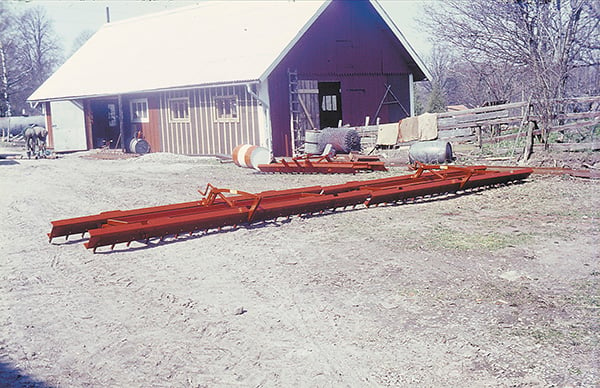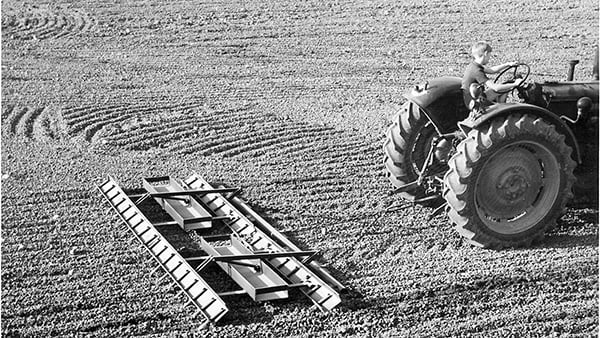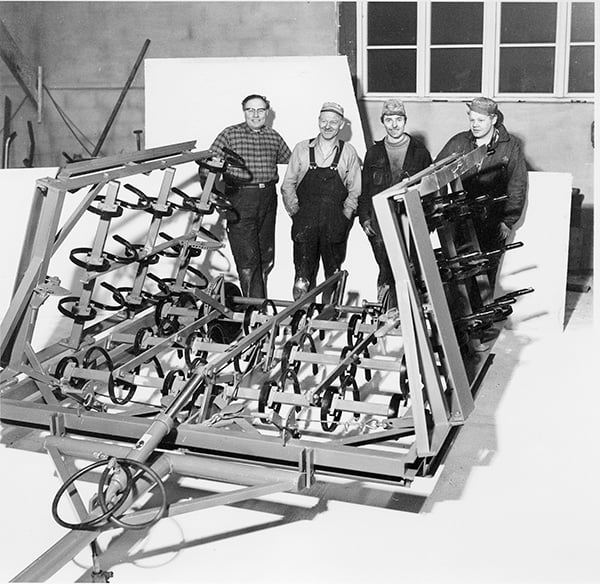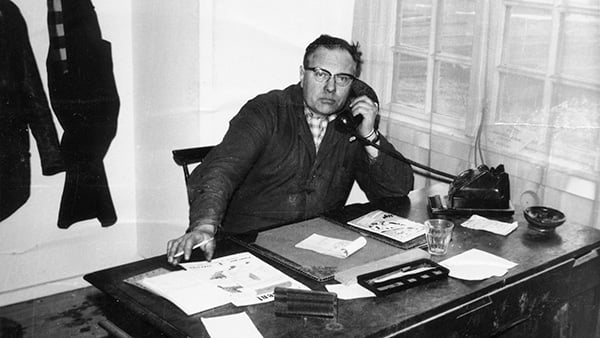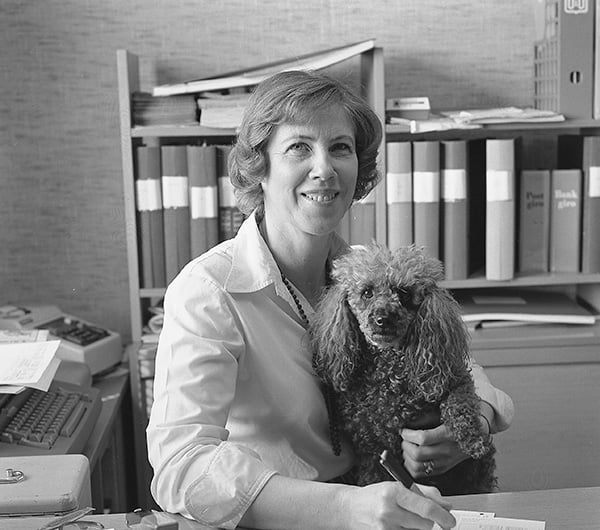In 1968 Rune Stark launched a cultivator, which became a sensation by any standards. In the following years farmers began to make pilgrimages to the company in Väderstad.
Siw Stark prepared lunch for the visiting farmers and many ordered cultivators. During the winter of 1968-69 after a very heavy snowfall, a taxi driver came struggling through the drifts. He was waving a telegram, just like a scene from the movies, and Rune Stark went out to meet him. Since the telephone line at home was usually engaged, Pehr Högfeldt from Mälardalen’s Lantmän had sent a telegram to request some cultivators for the spring.
Around 40 cultivators were manufactured that winter.
Read more

